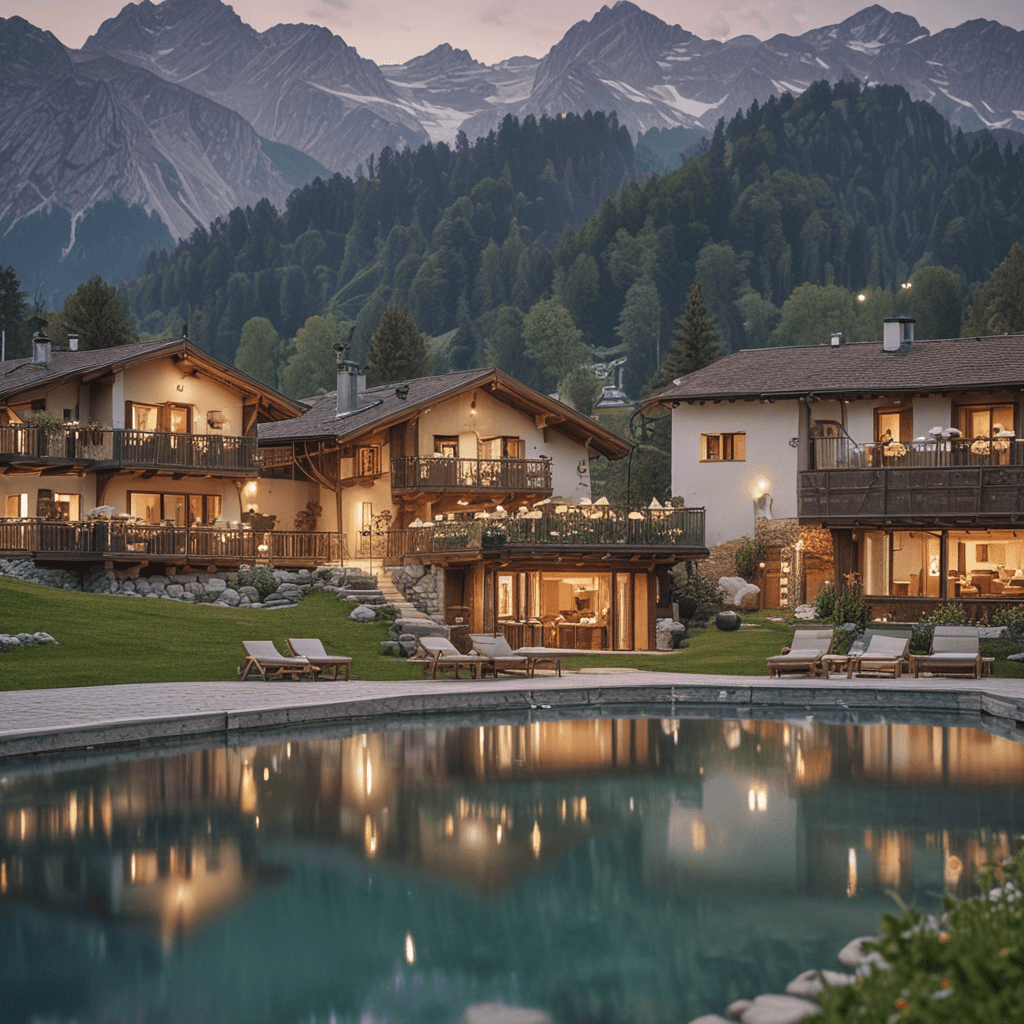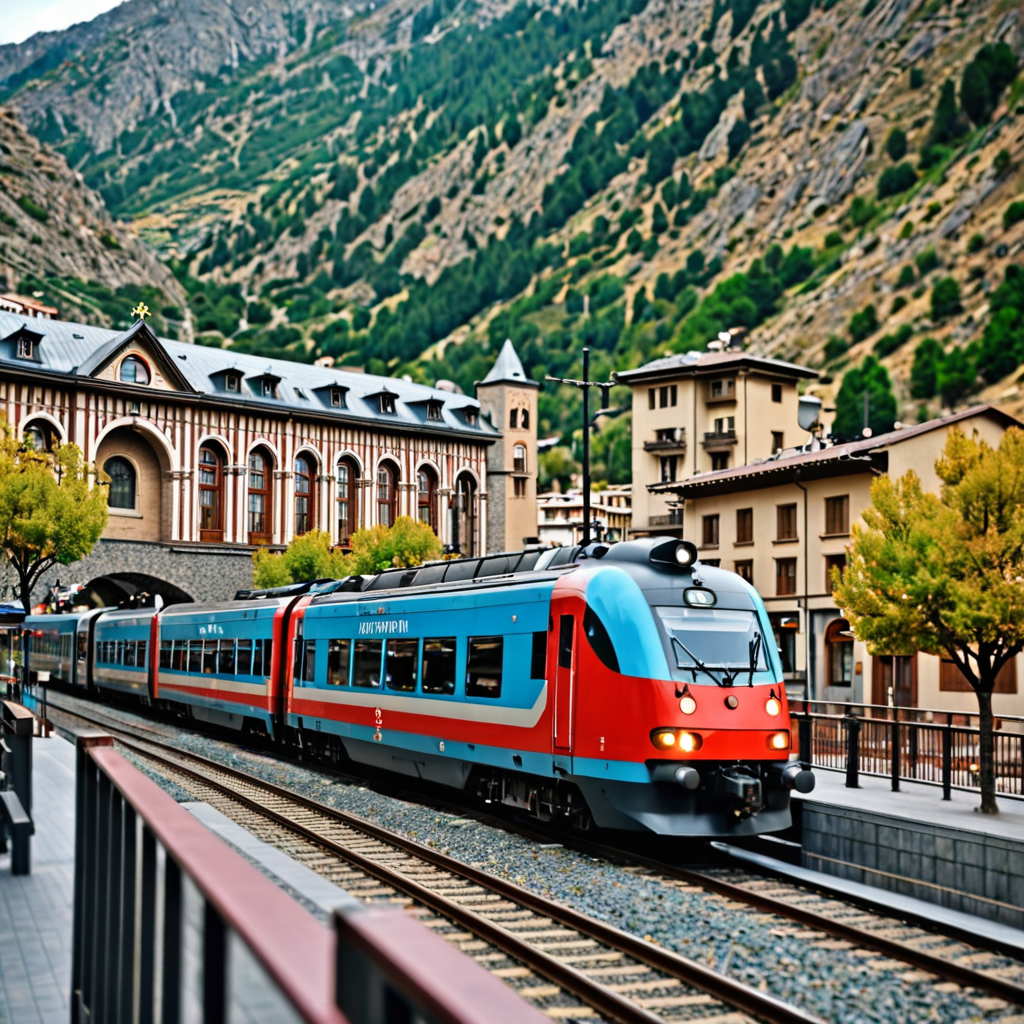
Cultural Heritage of Burgenland, Austria
Burgenland is the easternmost state of Austria, bordered by Hungary and Slovenia. It is a region of diverse and rich cultural heritage, shaped by centuries of history and the confluence of different cultures.
I. Historical Foundations
Burgenland's history dates back to prehistoric times, with evidence of Neolithic settlements and Celtic presence. The region later became part of the Roman province of Pannonia and subsequently came under the rule of Avars and Slavs. In the 10th century, the Hungarians conquered the area, and it remained part of the Kingdom of Hungary for centuries.
II. Burgenland as the "Land of Many Cultures"
Burgenland's unique history has resulted in a rich tapestry of cultures. German, Hungarian, Croatian, and Romani communities have coexisted in the region, each contributing to its cultural diversity. The region is known for its language diversity, with Burgenland Croatian, a unique dialect, spoken by a sizable population. This cultural diversity has fostered a vibrant and tolerant society, where different ethnic identities are celebrated.
III. Traditional Architecture
Burgenland's architectural heritage reflects its historical and cultural influences. Rustic farmhouses and courtyard houses are common, featuring whitewashed walls, thatched roofs, and courtyards adorned with flowers. Fortified churches and castles dot the landscape, remnants of the region's turbulent past. Historic towns and villages, such as Eisenstadt, Rust, and Güssing, boast well-preserved buildings that showcase various architectural styles.
IV. Music and Dance
Burgenland is renowned for its vibrant folk music traditions. The region's Croatian community has preserved the tamburitza, a traditional stringed instrument used in lively folk music. Burgenland German folk music is also popular, featuring accordion, violin, and clarinet. Traditional dance performances, such as the Burgenland waltz and the Hungarian csárdás, are a beloved part of the region's cultural scene.
V. Crafts and Handicrafts
Burgenland has a long history of traditional crafts and handicrafts. Pottery and ceramics are particularly notable, with intricate designs and colorful glazes being characteristic of the region. Wood carving, textiles, embroidery, lace making, metalworking, and blacksmithing are other important crafts, showcasing the skill and artistry of Burgenland's artisans.
VI. Cuisine and Gastronomy
Burgenland's culinary heritage is a testament to its diverse cultural influences. The region's cuisine is influenced by neighboring Hungary, Austria, and Slovenia, resulting in a unique and flavorful blend. Traditional dishes include strudels, filled with sweet or savory ingredients, and dumplings, prepared in various forms. Burgenland is also known for its wine production, with local vineyards producing a range of red, white, and rosé wines.
VII. Museums and Heritage Sites
Burgenland boasts several museums and heritage sites that showcase the region's rich history and culture. The Burgenland Landesmuseum in Eisenstadt is a must-visit, offering a comprehensive overview of the state's history, culture, and art. Other notable sites include the Haydn House in Rohrau, the birthplace of the renowned composer Joseph Haydn, and the Esterházy Palace in Eisenstadt, a former princely residence that now houses a museum showcasing the family's history and art collection.
VIII. Festivals and Events
Burgenland celebrates its cultural diversity and traditions through various festivals and events. The Burgenland Music Festival highlights the region's rich musical heritage, featuring folk, classical, and contemporary performances. The Croatian Folklore Festival showcases the vibrant Croatian culture of Burgenland, featuring traditional dance, music, and costumes. The Burgenland Wine Festival is a popular event that celebrates the region's winemaking tradition, with wine tastings, culinary delights, and live music.
IX. Intangible Cultural Heritage
Burgenland's cultural heritage extends beyond physical artifacts and traditions. Oral storytelling and folklore are an important part of the region's cultural fabric, with tales passed down through generations. Traditional costumes and customs are still worn and observed on special occasions, showcasing the region's unique cultural identity. Moreover, craftsmanship techniques, such as wood carving and embroidery, continue to be passed down through generations, ensuring the preservation of traditional skills.
X. Conservation and Preservation
Efforts are underway to protect and preserve Burgenland's cultural heritage. The region is home to several UNESCO World Heritage Sites, including the Historic Centre of Eisenstadt and the Roman City of Carnuntum. Heritage tourism plays a vital role in promoting and safeguarding the region's cultural assets. Sustainable development practices are being implemented to ensure that tourism benefits local communities while minimizing environmental impact.
FAQ
Q: What is Burgenland known for?
A: Burgenland is known for its rich cultural heritage, blending German, Hungarian, Croatian, and Romani influences. It is renowned for its diverse music traditions, traditional architecture, and culinary delights.
Q: What is the capital of Burgenland?
A: Eisenstadt is the capital of Burgenland.
Q: What is the official language of Burgenland?
A: The official language of Burgenland is German. However, the region is known for its multilingualism, with Hungarian and Croatian being widely spoken.
Q: What are some popular tourist destinations in Burgenland?
A: Popular tourist destinations in Burgenland include the Burgenland Landesmuseum, the Haydn House, the Esterházy Palace, and the historic towns of Rust and Güssing.
Q: What is the best time to visit Burgenland?
A: The best time to visit Burgenland is during the spring (May-June) and autumn (September-October) when the weather is pleasant and ideal for outdoor activities.

